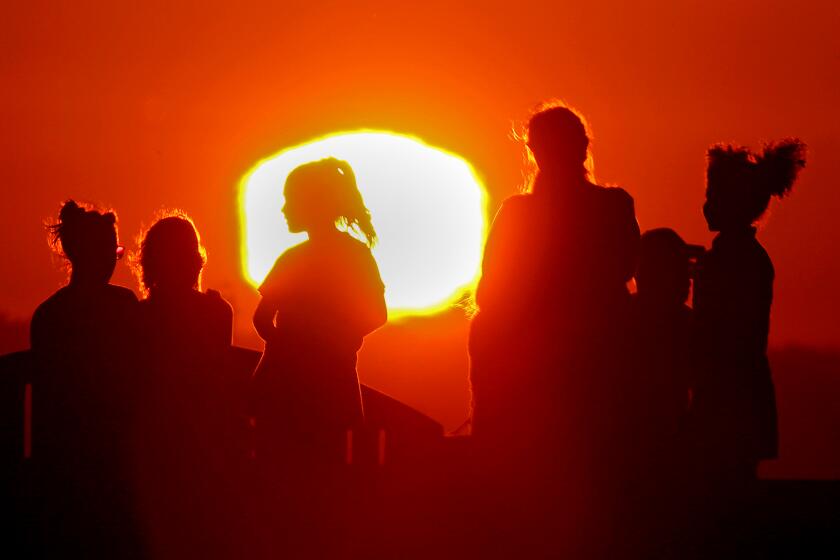How to speak in Brooklynese
- Share via
Recently, I came across an Internet feature that displayed a list of commonly mispronounced words. It included terms like forte, improperly pronounced “for-tay.” The correct form being “fort.”
Other such examples demonstrated the correct pronunciation of “zoology,” as “zoh-AH-lo-jee,” not “zoo-AH-lo-jee,” and “e-LEK-tor-al,” not “e-lek-TOR-al.”
Also, it turns out; the correct pronunciation of the famed San Diego children’s book author, Dr. Seuss is “Dr. Zoice,” (rhymes with “voice.”)
As a conscientious journalist, I tend to take note of such lessons, eager to acquire any skills that might improve my elocution. I also feel a responsibility to impart my own expertise to others.
Not necessarily in English, since that happens to be my second language. My first is the language of my birthplace and widely spoken in many corners of the globe. As an acknowledged authority in the language, I’m well qualified to offer comprehensive instruction.
The language is one spoken by millions, predominantly in the city if New York and commonly known as “Brooklynese.”
I’ve offered coaching in this space in the past, but the focus tended to be on the rules of grammar and structure. Today, taking a cue from the lessons I found on the Internet, I’d like to concentrate on pronunciation.
Although there are many similarities to English, even identical pronunciations, there are several distinct variations.
Listed below are a few examples:
One all-encompassing yet simple rule is the proper pronunciation of the word “the” which is always pronounced “da” in Brooklynese.
Another broad regulation is the enunciation of numbers (pronounced “numbas”).
The numbers one and two have identical pronunciations, but what follows is “tree,” similar to the English “three,” only there’s no such thing as the letter “h” in the Brooklynese language, therefore “tree” is da toid numba. Note the word “numba,” not number, as there is no such thing as a final “r” in Brooklynese. Therefore, not “four” but “faw.” Not “teacher,” but “teacha,” and not “grammar,” but “gramma.” There is an exception to the “final r” rule in that there is one time that such a final r is actually employed in Brooklynese, and that is when there is no final r in English. Thus, “idear,” “Americar,” “Nort and Sout Carolinar,” and “poinsettiars from Leucadiar.”
The common word “you” is the same in both English and Brooklynese. Also the same in both languages is the rule of adding an “s” to form a plural. Thus “yous.”
An important term to know when traveling to New York is the word “tirlet.” When you need to find a restroom, you must inquire, “Where’s da tirlet?” “Tirlet” is similar to the English word “toilet,” only “tirlet” has a dual definition, meaning not just the fixture, but also the entire restroom itself. In other words, it’s perfectly plausible to suggest that you “took a bath in da tirlet.”
Tanks readas.
Contact humor columnist Irv Erdos at [email protected].
Suscríbase al Kiosco Digital
Encuentre noticias sobre su comunidad, entretenimiento, eventos locales y todo lo que desea saber del mundo del deporte y de sus equipos preferidos.
Ocasionalmente, puede recibir contenido promocional del Los Angeles Times en Español.



